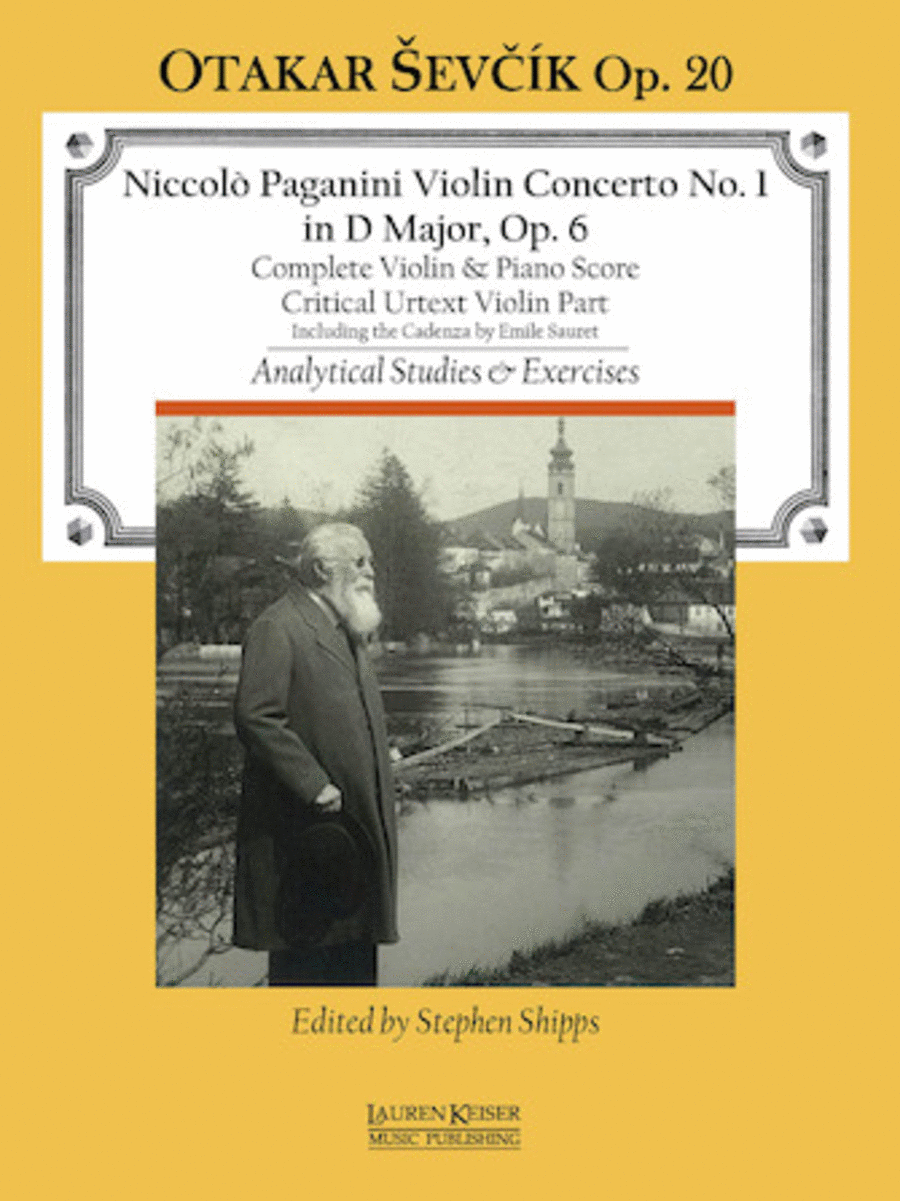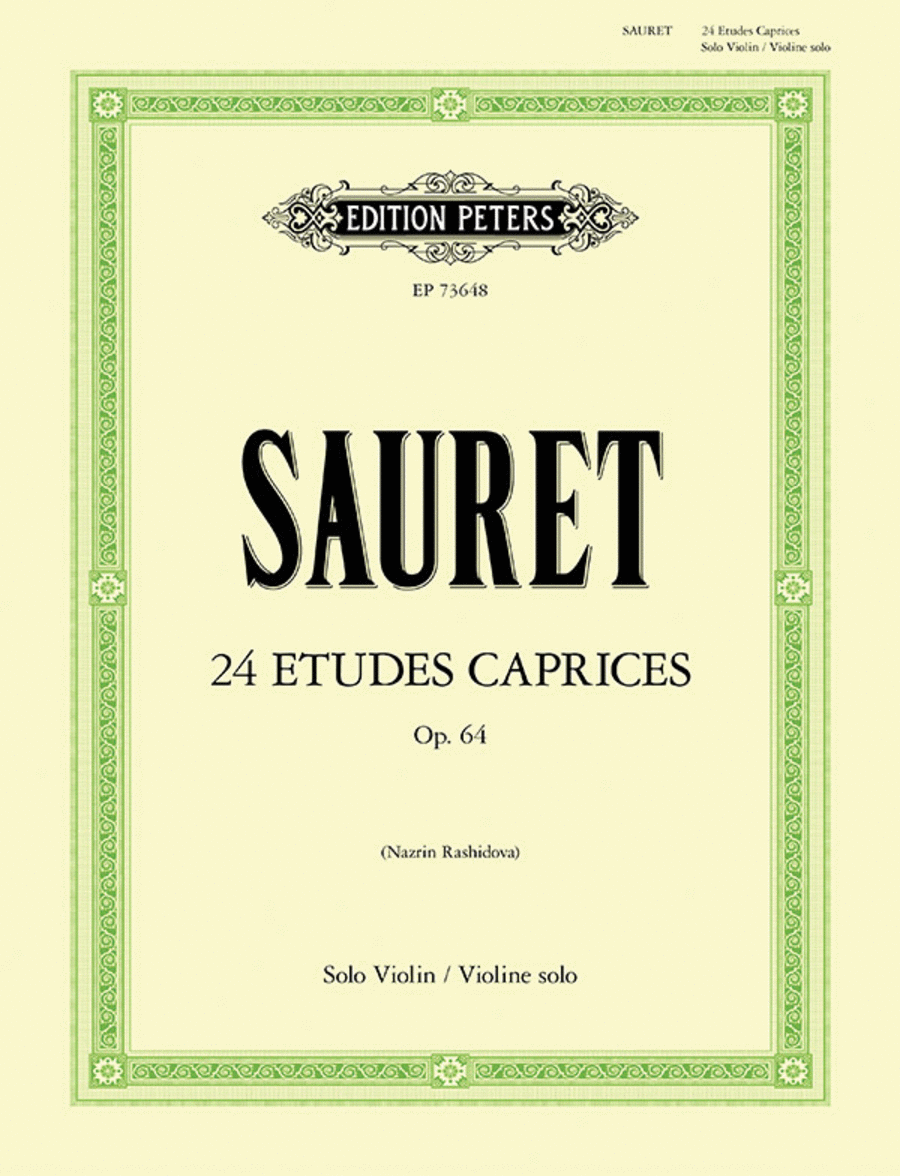Émile Sauret (1852 - 1920)
 France
France
 France
FranceÉmile Sauret (22 May 1852 – 12 February 1920) was a French violinist and composer. Sauret wrote over 100 violin pieces, including a famous cadenza for the first movement of Niccolò Paganini's First Violin Concerto, and the "Gradus ad Parnassum" (1894).
Sauret was born in Dun-le-Roi, France in 1852. He began studying violin at the Conservatoire de Strasbourg at the age of six, and with a reputation as child prodigy he began performing two years later. He studied under Charles Auguste de B� ... (Read all)
Source : Wikipedia
Sauret was born in Dun-le-Roi, France in 1852. He began studying violin at the Conservatoire de Strasbourg at the age of six, and with a reputation as child prodigy he began performing two years later. He studied under Charles Auguste de B� ... (Read all)
Source : Wikipedia
FREE SHEET MUSIC STUDIES
See also the "Instructional & Methods" section.
Active criterias:
VISITOR MEMBER
Search #Studies
| ||||||||||










